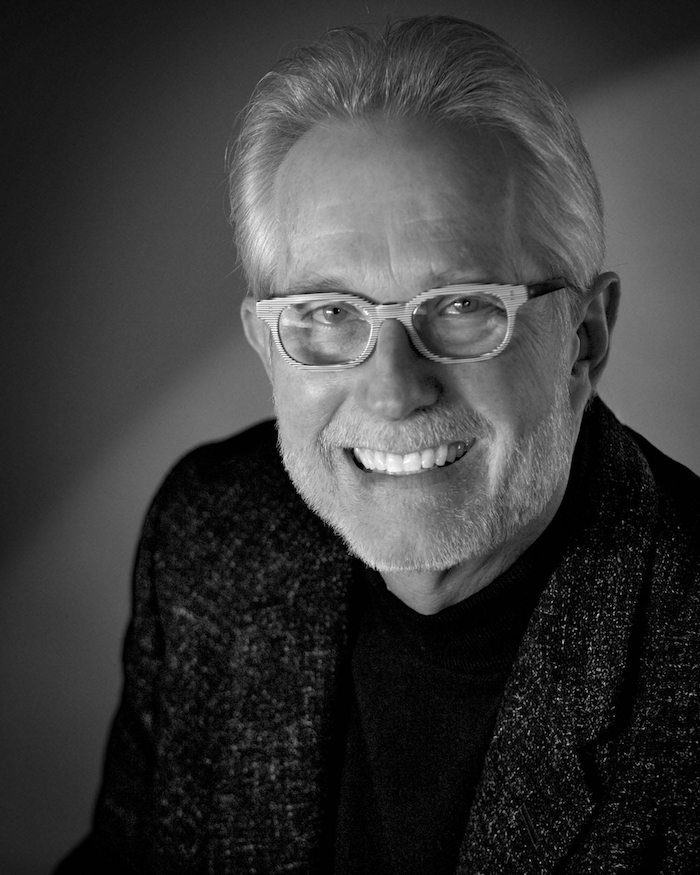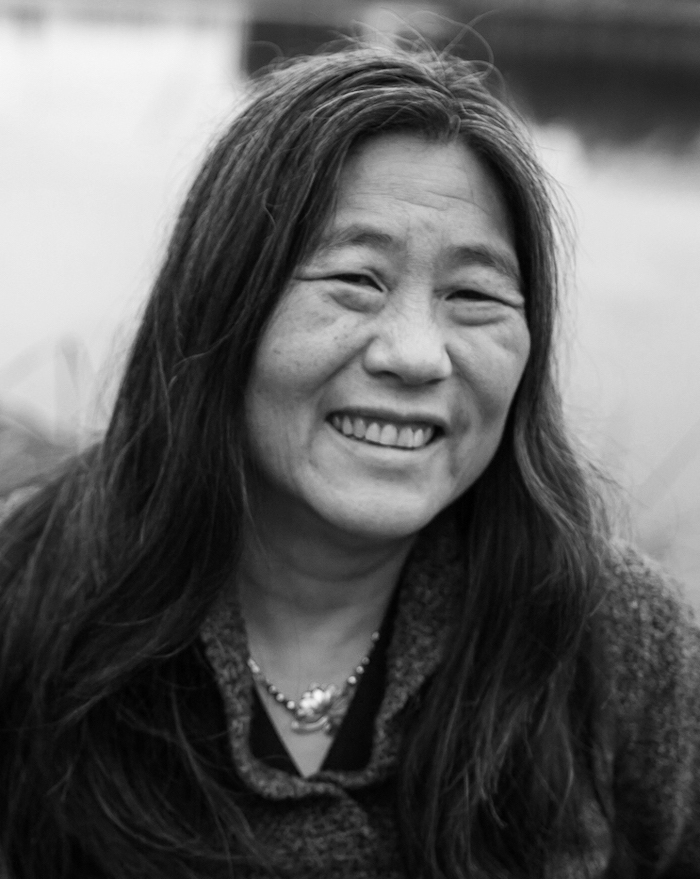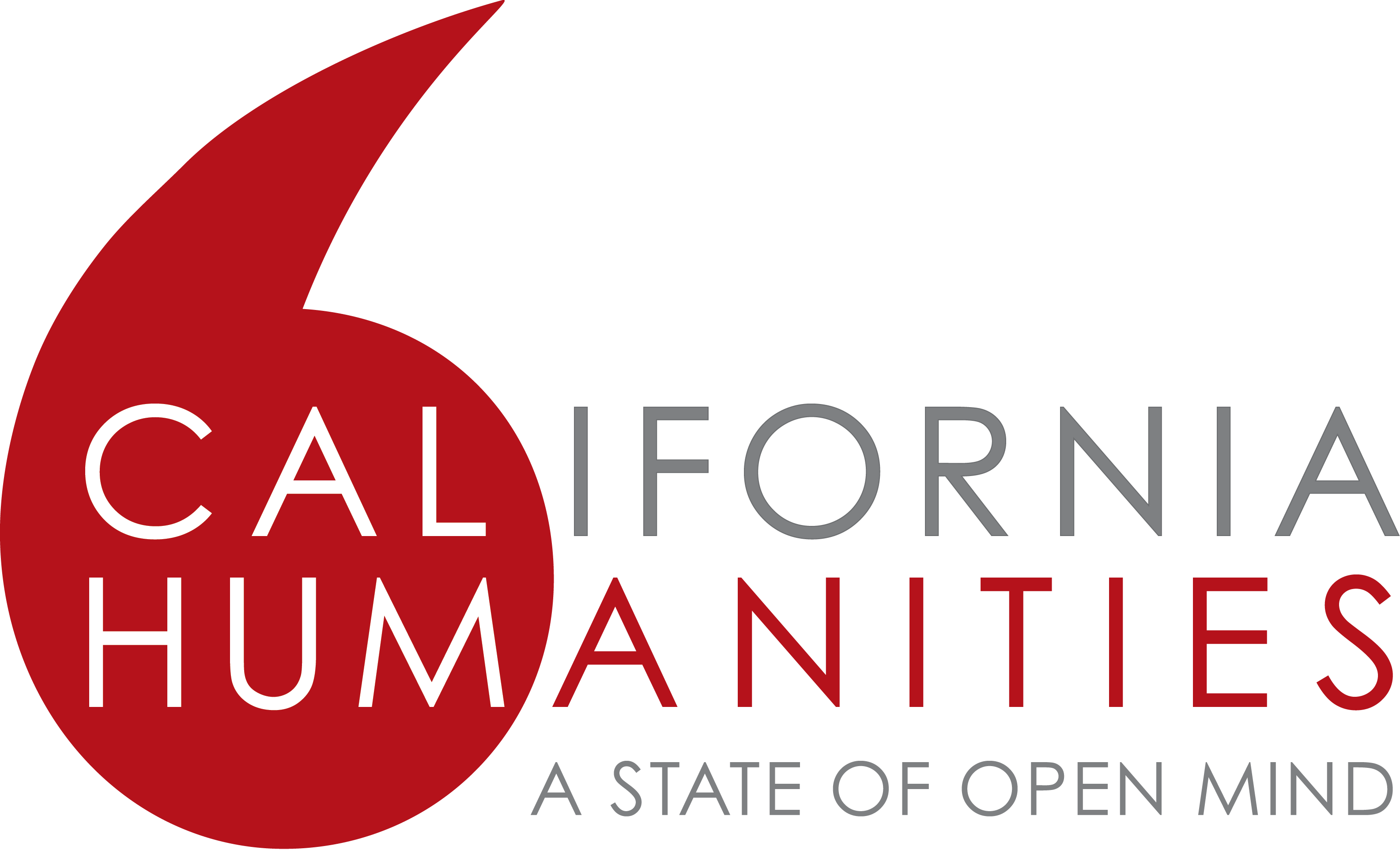


Wakaji Matsumoto—An Artist in Two Worlds: Los Angeles and Hiroshima, 1917–1944 highlights an artist’s rare photographs of the Japanese American community in Los Angeles prior to World War II and of urban life in Hiroshima prior to the 1945 atomic bombing of the city.
This online exhibition also features essays by Karen Matsumoto, Wakaji’s granddaughter, and Dennis Reed, the curator of the exhibition, a timeline, photo galleries, short documentary videos produced by JANM’s award-winning Watase Media Arts Center, and educational resources.
Wakaji Matsumoto was born to Wakamatsu and Haru (née Motoyama) Matsumoto on July 17,1889, in Jigozen, Hatsukaichi-shi, Hiroshima Prefecture, Japan. He traveled from Japan by way of Canada before reaching the US to work on his father’s farm. Although he worked in the fields and drove produce to Los Angeles, he really aspired to become a graphic artist. Luckily, Wakamatsu taught Wakaji’s wife, Tei, to run the farm, allowing Wakaji to become a professional photographer in Los Angeles and Hiroshima. He was seventy-six years old when he died in Jigozen in 1965. Tei continued to live in the family home and was 101 years old when she died in 1995. Wakaji’s photographs remained undisturbed until 2008 when they were discovered by the Matsumotos’ grandson, Hitoshi Ohuchi, himself a photographer. Upon recognizing their value and significance, he arranged for them to be placed with the Hiroshima City Archives.
View this online exhibition on a desktop computer for the best experience.


Dennis Reed is a curator, collector, artist, and writer who is best known for rediscovering Japanese American art photographers whose works were lost in the mass incarceration of Japanese Americans during World War II. He has curated over 50 exhibitions for such institutions as the Whitney Museum of American Art, The Huntington, the Corcoran Gallery, and JANM. Among his publications are Pictorialism in California: Photography, 1900-1940, Japanese Photography in America, 1920-1940, and Making Waves: Japanese American Photography, 1920-1940. He is the retired Dean of Arts at Los Angeles Valley College and the former chair of the Photographic Arts Council at LACMA.

Karen Matsumoto, granddaughter of Wakaji Matsumoto and retired educator, serves as project liaison for Wakaji Matsumoto: An Artist in Two Worlds. She was executive producer of Honor and Sacrifice: The Roy Matsumoto Story, a 2013 documentary about her father. The documentary featured photographs by Wakaji Matsumoto, and provided inspiration to share the collection with a broader public. She has designed curricula related to the Japanese American World War II incarceration experience and has been a consulting teacher for the National Japanese American Historical Society in San Francisco. She is a trustee for the Bainbridge Island Japanese American Community.
Wakaji Matsumoto—An Artist in Two Worlds: Los Angeles and Hiroshima, 1917–1944 was made possible by support from the National Endowment for the Humanities Planning Grant, Humanities For All grant from California Humanities, and Berkeley JACL. Assistance was provided by Hitoshi Ohuchi, grandson of Wakaji Matsumoto, contributor and logistics coordinator with the Hiroshima City Archives; Hiroshima City Archives; Hiroshima Peace Memorial Museum; Chugoku Shimbun; and Hiroshima Film Commission.
This exhibition was also made possible by Shizue Kawamoto, Pat Dupes-Matsumoto, Clyde Matsumoto, Dawn Ehrlich, Makoto and Keiko Kawamoto, Natsumi Kawamoto, Satoshi Yano, Fumi Matsumoto, and John deChadenedes, who helped provide information about Wakaji and the Matsumoto family history.
All photographs in this online exhibition were taken by Wakaji Matsumoto (copyright Matsumoto Family) and include the JANM watermark to signify that they are a part of a JANM exhibition.
Above photos: “Wakaji Matsumoto Self Portrait,” “Downtown Hiroshima from the Aioi Bridge, 1938,” “Itaoka and his trucks.” All photos by Wakaji Matsumoto (copyright Matsumoto Family)

This project was made possible with support from California Humanities, a non-profit partner of the National Endowment for the Humanities. Visit calhum.org.
Media Sponsor: ![]()
For more information about these photographs, please contact Karen Matsumoto at WakajiExhibition@gmail.com.

This project was made possible with support from California Humanities, a non-profit partner of the National Endowment for the Humanities. Visit calhum.org.
Media Sponsor: ![]()
For more information about these photographs, please contact Karen Matsumoto at WakajiExhibition@gmail.com.

